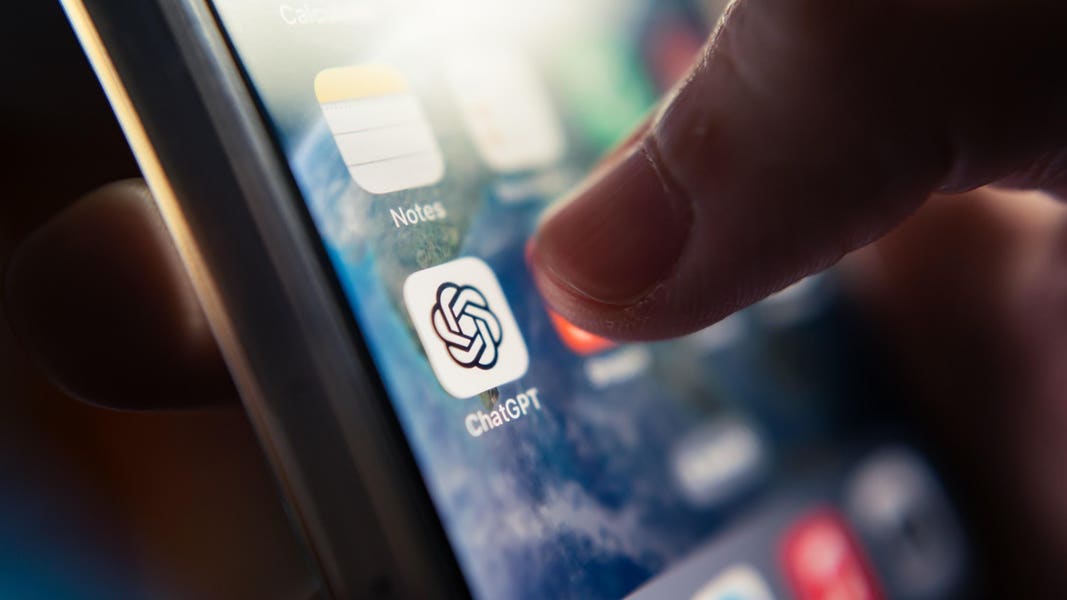The remarkable expansion of generative AI in the past year has been truly astounding. Initiated by the public release of ChatGPT (hard to believe it was only a year ago), its influence is now ubiquitous. Eager to capitalize on this trend, various applications ranging from Office to eBay have integrated generative capabilities, appealing to a growing number of users in both personal and professional spheres.
Unsurprisingly, content creators have swiftly recognized its value as a valuable addition to their toolkit. Marketing agencies, advertising professionals, news outlets, and social media influencers stand out as some of the early adopters who have embraced this technology with enthusiasm.
While generative AI presents numerous opportunities for enhancing efficiency and automating repetitive tasks in creative endeavors, it also presents significant challenges. Concerns surrounding copyright issues, spam content, hallucination, the formulaic nature of algorithmic content creation, and bias must be carefully addressed by professionals considering its integration into their workflows.
With this in mind, let’s delve into the impact that generative AI is already making in the realm of content creation, along with insights into its future implications as technology advances and society adapts to an AI-centric environment.
Utilization of AI in Content Creation
Generative AI operates by analyzing data to understand patterns and generate similar outputs. Presently, prevalent generative models include large language models like the one empowering ChatGPT for text generation and diffusion models for image and video creation.
Tech giants have swiftly integrated generative AI into their creative processes. For instance:
- Netflix employs generative AI to craft more captivating movie trailers and is exploring personalized trailers tailored to individual viewers.
- Buzzfeed leverages generative AI for personalized content creation, such as customized quizzes aligned with individual interests, and has developed a generative recipe generator suggesting dishes based on available ingredients.
- Google offers a service for news organizations to automate news report generation, with prominent outlets like the New York Times, Guardian, BBC, Bloomberg, and Reuters publishing stories authored by generative AI.
Moreover, a new wave of tool providers has emerged. Companies like Synthesia enable businesses to produce videos from text sans the need for actors or studios, while Writesonic automates content generation aligned with a brand’s voice and facilitates AI chatbot development.
Enhancing Creative Workflows
For creatives contemplating the integration of generative AI into their daily routines, it is crucial to view AI as a tool to enhance rather than substitute human creativity.
Writesonic’s CEO, Sam Garg, emphasizes that generative content, while proficient, often lacks uniqueness and emotional appeal crucial for engaging digital content. Therefore, the key lies in leveraging AI to augment human creativity rather than replace it, fostering a collaborative approach that prevents content from becoming monotonous and robotic.
Generative AI can find application across various stages of the creative process, from ideation and planning to drafting, fact-checking, and audience distribution. However, the essence of compelling content lies in introducing novel ideas and establishing emotional connections with the audience—areas where AI currently falls short compared to human creators.
Challenges of Generative AI in Content Creation
Apart from the risk of generating uninspiring content, other considerations include copyright issues and the inherent tendency of AI to err. The ownership of AI-generated content remains a contentious issue, raising questions about legal liabilities and intellectual property rights. Moreover, the propensity of AI to produce inaccurate or misleading information poses risks for businesses striving to maintain credibility and authenticity in their content.
Future Outlook
While generative AI has already made a significant impact, we are merely scratching the surface of its potential. As technology evolves, we can anticipate more sophisticated and user-friendly tools that address current limitations, such as bland content and emotional depth. The future may witness generative tools capable of rivalling human creativity in inspiring and engaging content creation.
As generative AI becomes more accessible, a diverse range of users will harness its capabilities, enriching content creation with diverse perspectives and experiences. Ultimately, human involvement in the creative process will remain indispensable, with generative tools serving as enhancers rather than replacements. Embracing these tools will empower creators to explore new avenues of creative expression and storytelling.






